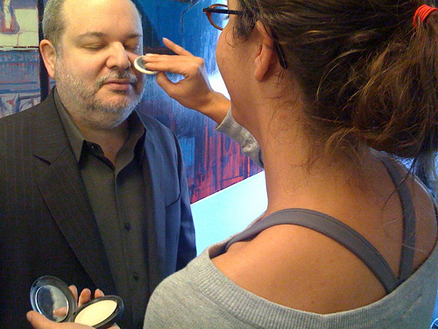It’s outrageous that the CSS standard created in 1996 is not properly supported in Outlook 2010. Let’s do something about it.

Hundreds of millions use Microsoft Internet Explorer to access the web, and Microsoft Outlook to send and receive email. As everyone reading this knows, the good news is that in IE8, Microsoft has released a browser that supports web standards at a high level. The shockingly bad news is that Microsoft is still using the Word rendering engine to display HTML email in Outlook 2010.
What does this mean for web designers, developers, and users? In the words of the “Let’s Fix It” project created by the Email Standards Project, Campaign Monitor, and Newism, it means exactly this:
[F]or the next 5 years your email designs will need tables for layout, have no support for CSS like float and position, no background images and lots more. Want proof? Here’s the same email in Outlook 2000 & 2010.
It’s difficult to believe that in 2009, after diligently improving standards support in IE7 and now IE8, Microsoft would force email designers to use nonsemantic table layout techniques that fractured the web, squandered bandwidth, and made a joke of accessibility back in the 1990s.
Accounting for stupidity
For a company that claims to believe in innovation and standards, and has spent five years redeeming itself in the web standards community, the decision to use the non-standards-compliant, decades-old Word rendering engine in the mail program that accompanies its shiny standards-compliant browser makes no sense from any angle. It’s not good for users, not good for business, not good for designers. It’s not logical, not on-brand, and the very opposite of a PR win.
Rumor has it that Microsoft chose the Word rendering engine because its Outlook division “couldn’t afford” to pay its browser division for IE8. And by “couldn’t afford” I don’t mean Microsoft has no money; I mean someone at this fabulously wealthy corporation must have neglected to budget for an internal cost. Big companies love these fictions where one part of the company “pays” another, and accountants love this stuff as well, for reasons that make Jesus cry out anew.
But if the rumor’s right, and if the Outlook division couldn’t afford to license the IE8 rendering engine, there are two very simple solutions: use Webkit or Gecko. They’re both free, and they both kick ass.
Why it matters
You may hope that this bone-headed decision will push millions of people into the warm embrace of Opera, Safari, Chrome, and Firefox, but it probably won’t. Most people, especially most working people, don’t have a choice about their operating system or browser. Ditto their corporate email platform.
Likewise, most web designers, whether in-house, agency, or freelance, are perpetually called upon to create HTML emails for opt-in customers. As Outlook’s Word rendering engine doesn’t support the most basic CSS layout tools such as float, designers cannot use our hard-won standards-based layout tools in the creation of these mails—unless they and their employers are willing to send broken messages to tens millions of Outlook users. No employer, of course, would sanction such a strategy. And this is precisely how self-serving decisions by Microsoft profoundly retard the adoption of standards on the web. Even when one Microsoft division has embraced standards, actions by another division ensure that millions of customers will have substandard experiences and hundreds of thousands of developers still won’t get the message that our medium has standards which can be used today.
So it’s up to us, the community, to let Microsoft know how we feel.
Participate in the Outlook’s Broken project. All it takes is a tweet.
[tags]browsers, bugs, IE8, outlook, microsoft, iranelection[/tags]










